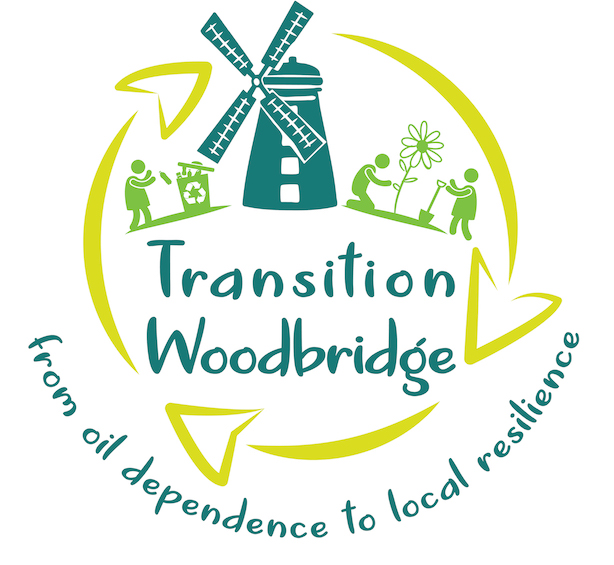Stop buying peat-based compost (the ingredients are on the back), buy plants from the many good folk who already grow peat-free, and ask your local garden centre to commit to being #peatfree.
“For Peat’s Sake: How To Protect Bogs” by Alys Fowler

“Peatlands are considered to be the most efficient carbon sinks on Earth. The plants that grow in them capture the carbon released by the peat, maintaining an equilibrium that we cannot afford to lose. Extracted and degraded peat bogs do the opposite: they release a lot of carbon dioxide. It goes without saying that we can’t afford to destroy them while the world burns.”
“For Peat’s Sake: How To Protect Bogs” by Alys Fowler
“I have said this a thousand times but worth repeating: If you are a gardener or nursery do not use peat. Ever. If you are a garden centre – stop selling peat products right now!”
Monty Don on Twitter
Many of us have had excellent results by gardening without any peat for several years. For the vast majority of garden situations, there are many ways to achieve good peat-free results.
“The time is now to stop using peat in the garden”
“The time is now to stop using peat in the garden” by RSPB
For many, existing soil can be improved with garden compost, leaf mould (Monty Don’s favourite), local horse manure, soil improvers derived from green waste/wood products, as well as grit of sharp sand when appropriate.
“A loss of only 5% of UK peatland carbon would equate to the total annual UK anthropogenic greenhouse gas emissions.”
An increasing number of peat-free composts are now available for potting and seeding, as well as soil improvers.
More information can be found at:
Wildlife Trusts: How to go peat free in your garden
Plant Life: Why we need to keep peat in the ground – and out of our gardens
National Trust: “Our trickiest plants are cared for with peat-free materials”
Talk to you local suppliers
If you go to the nursery or garden centre, ask them what peat-free compost or plants they have in stock. By getting ahead and meeting the increasing demand for peat-free products, they stand to benefit. If the bag doesn’t say peat-free then it most likely isn’t.
